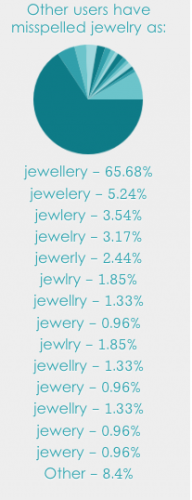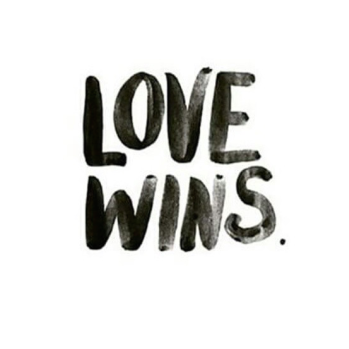How to Pack Summer Jewelry, Tangle-free
It’s happened to all jewelry lovers. Though we’re often not quite sure how. You packed your jewelry neatly only to unpack a mass of metal when you arrived at your destination. What the heck happened? Did your jewelry get in a catfight while you weren’t looking?
The next thing you know, the start of your vacation is spent untangling your jewelry with a surgeon’s precision. Nobody wants that!
Here are some quick and easy tips for packing jewelry so you can get back to enjoying your vacation:

















